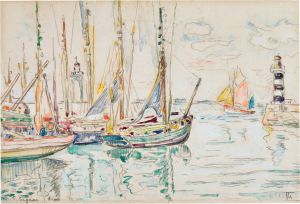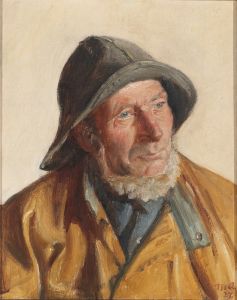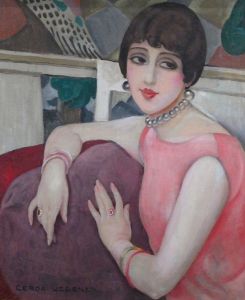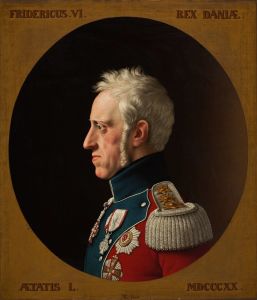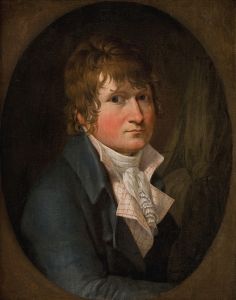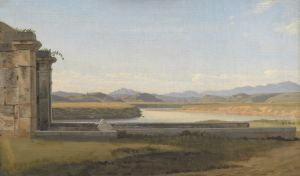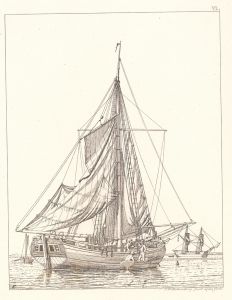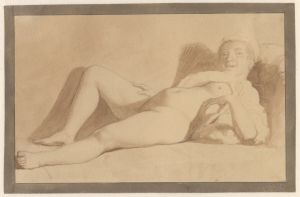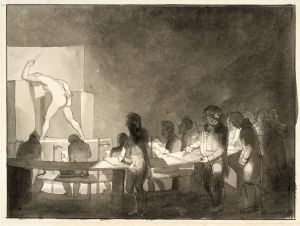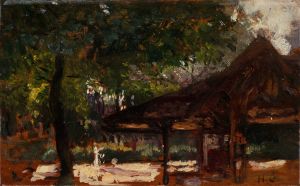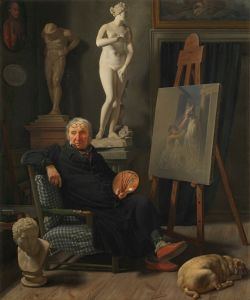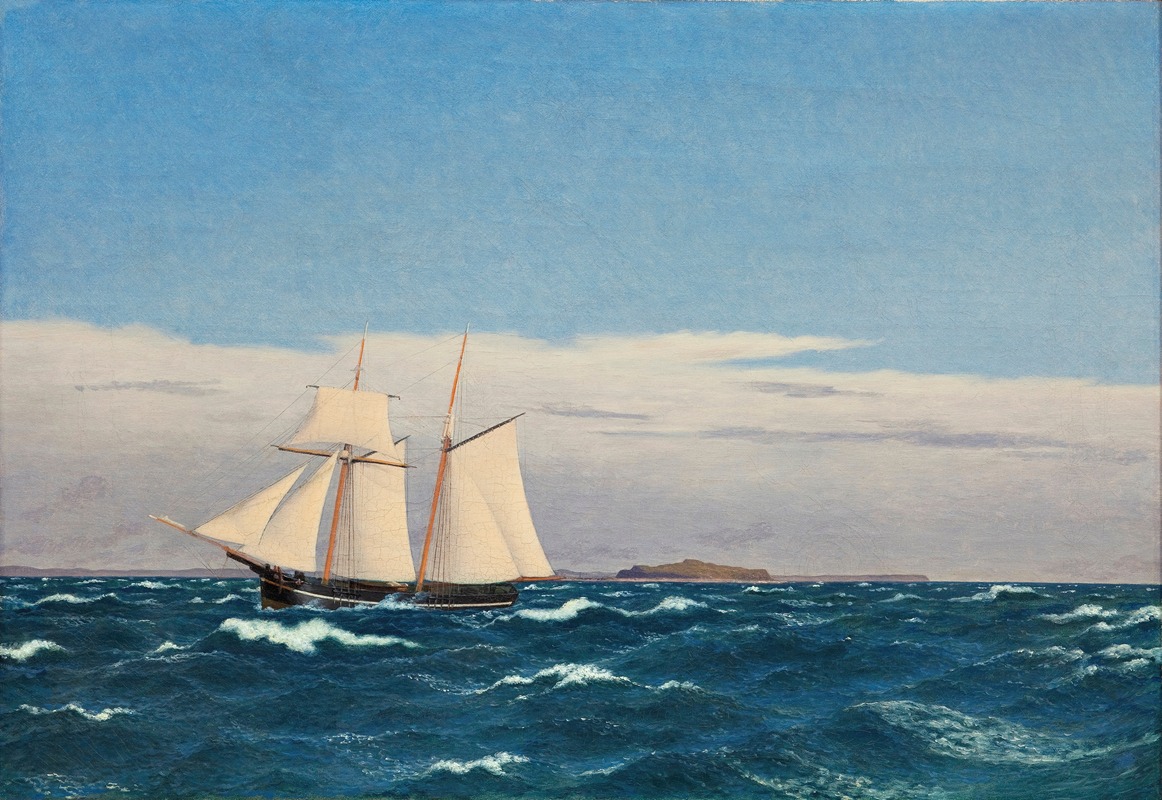
Seascape with the island of Hjelm and the coast of Jutland
A hand-painted replica of Christoffer Wilhelm Eckersberg’s masterpiece Seascape with the island of Hjelm and the coast of Jutland, meticulously crafted by professional artists to capture the true essence of the original. Each piece is created with museum-quality canvas and rare mineral pigments, carefully painted by experienced artists with delicate brushstrokes and rich, layered colors to perfectly recreate the texture of the original artwork. Unlike machine-printed reproductions, this hand-painted version brings the painting to life, infused with the artist’s emotions and skill in every stroke. Whether for personal collection or home decoration, it instantly elevates the artistic atmosphere of any space.
Christoffer Wilhelm Eckersberg, often referred to as the "father of Danish painting," was a prominent figure in the Danish Golden Age of painting. His work, "Seascape with the Island of Hjelm and the Coast of Jutland," is a testament to his mastery in capturing the serene beauty of the Danish landscape and seascape. Painted in 1830, this artwork exemplifies Eckersberg's dedication to realism and his keen observation of nature.
Eckersberg was born in 1783 in Blåkrog, Denmark, and he studied at the Royal Danish Academy of Fine Arts in Copenhagen. He later traveled to Paris and Rome, where he was influenced by the neoclassical style and the works of artists such as Jacques-Louis David. Upon returning to Denmark, Eckersberg became a professor at the Royal Danish Academy, where he influenced a generation of Danish artists.
"Seascape with the Island of Hjelm and the Coast of Jutland" is a fine example of Eckersberg's seascapes, which often depict the interplay between light, water, and sky. The painting captures the tranquil yet dynamic nature of the sea, with the island of Hjelm visible in the distance. The composition is balanced, with the horizon line dividing the canvas and creating a sense of depth and space. Eckersberg's attention to detail is evident in the meticulous rendering of the waves and the subtle gradations of color in the sky.
The island of Hjelm, located in the Kattegat sea area, holds historical significance in Denmark. It is known for its role in medieval history, particularly as a hideout for the outlawed Danish nobleman Marsk Stig Andersen Hvide in the late 13th century. Eckersberg's choice to include Hjelm in his painting may reflect an interest in the historical and cultural significance of the landscape he depicted.
Eckersberg's seascapes are noted for their clarity and precision, qualities that are evident in this work. He often painted en plein air, directly observing the natural environment to capture the effects of light and atmosphere accurately. This approach was somewhat innovative for his time and contributed to the development of landscape painting in Denmark.
The painting is also a reflection of the Romantic era's fascination with nature and the sublime. While Eckersberg's style is more aligned with realism, the Romantic influence can be seen in his appreciation for the natural world and the emotional response it can evoke. The serene yet powerful depiction of the sea in "Seascape with the Island of Hjelm and the Coast of Jutland" invites viewers to contemplate the beauty and vastness of nature.
Today, Christoffer Wilhelm Eckersberg is celebrated for his contributions to Danish art and his role in shaping the Danish Golden Age. His works, including "Seascape with the Island of Hjelm and the Coast of Jutland," continue to be admired for their technical skill and their ability to capture the essence of the Danish landscape. The painting remains an important piece within the context of 19th-century European art, showcasing Eckersberg's unique ability to blend realism with an appreciation for the natural world.





